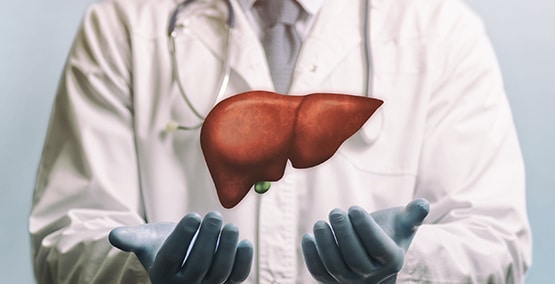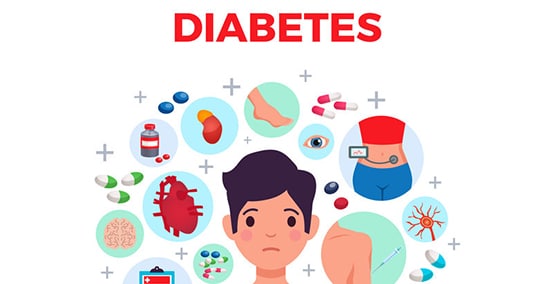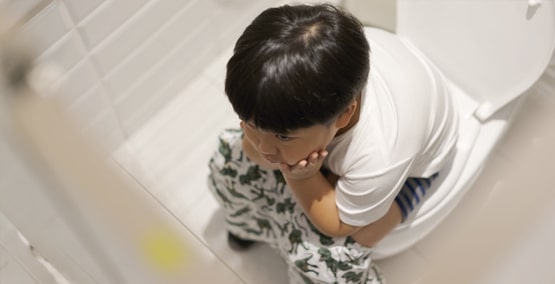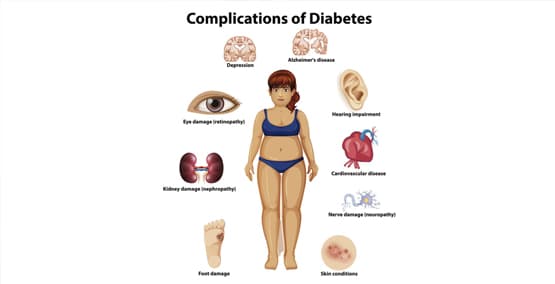
Treating the lung problems of cystic fibrosis
A main goal in cystic fibrosis (CF) is keeping the lungs as healthy as possible and preventing infections. A major part is clearing the airways of the thick mucus that can block the lung's air sacs and passages.
That's every day—several times each day one or more of the following may be recommended:
- Postural drainage and percussion: the patient is placed in different positions while vibration or clapping of the chest helps drain mucus so it can be coughed out.
- High frequency chest wall oscillation, better known as "vest" or "oscillator" therapy, using an inflatable vest (that looks like a life jacket). The vest attaches to a machine that vibrates at a high frequency to loosen and thin the mucus. Every 5 minutes, the person coughs out the mucus.
- Huff coughing: the patient takes a deep breath in and learns to force their breath out to stimulate a cough.
- Positive expiratory pressure (PEP) holds the airways open and gets air into the lungs and behind the mucus.
- Active cycles of breathing moves air behind the mucus to help it clear.
- Self- drainage by using different speeds of breathing and postures to get the mucus out.
Severe lung disease can occur at any age in patients with cystic fibrosis (CF). This can happen despite all the best chest therapy, medications, healthy nutrition and attention that these patients receive, especially in those who are older.

Lung transplantation has become a lifesaving procedure for these patients. Their diseased lungs are replaced with healthy lungs from a donor. They then stay on medication (immunosuppressive agents) to prevent rejection of the donor lungs. While these medications may result in increased infections, the new lungs are stronger and at less risk for infection.
Like any surgical procedure, it is important to weigh the benefits and risks of lung transplant with your healthcare providers before making the decision to undergo this procedure. Approximately 2/3 of those who get lung transplants live at least 5 more years. Most people are able to do more and have an improved quality of life. Some are still doing well 20 years after their transplant. But that does mean trying to avoid infections and recognizing that the immunosuppressive agents needed can cause kidney damage over time.
It's important to remember that a lung transplant does not cure CF. The digestive system is still affected. Patients need to continue taking their Pancreatic Enzyme Replacement Therapy (PERT) and pay special attention to their diet.




